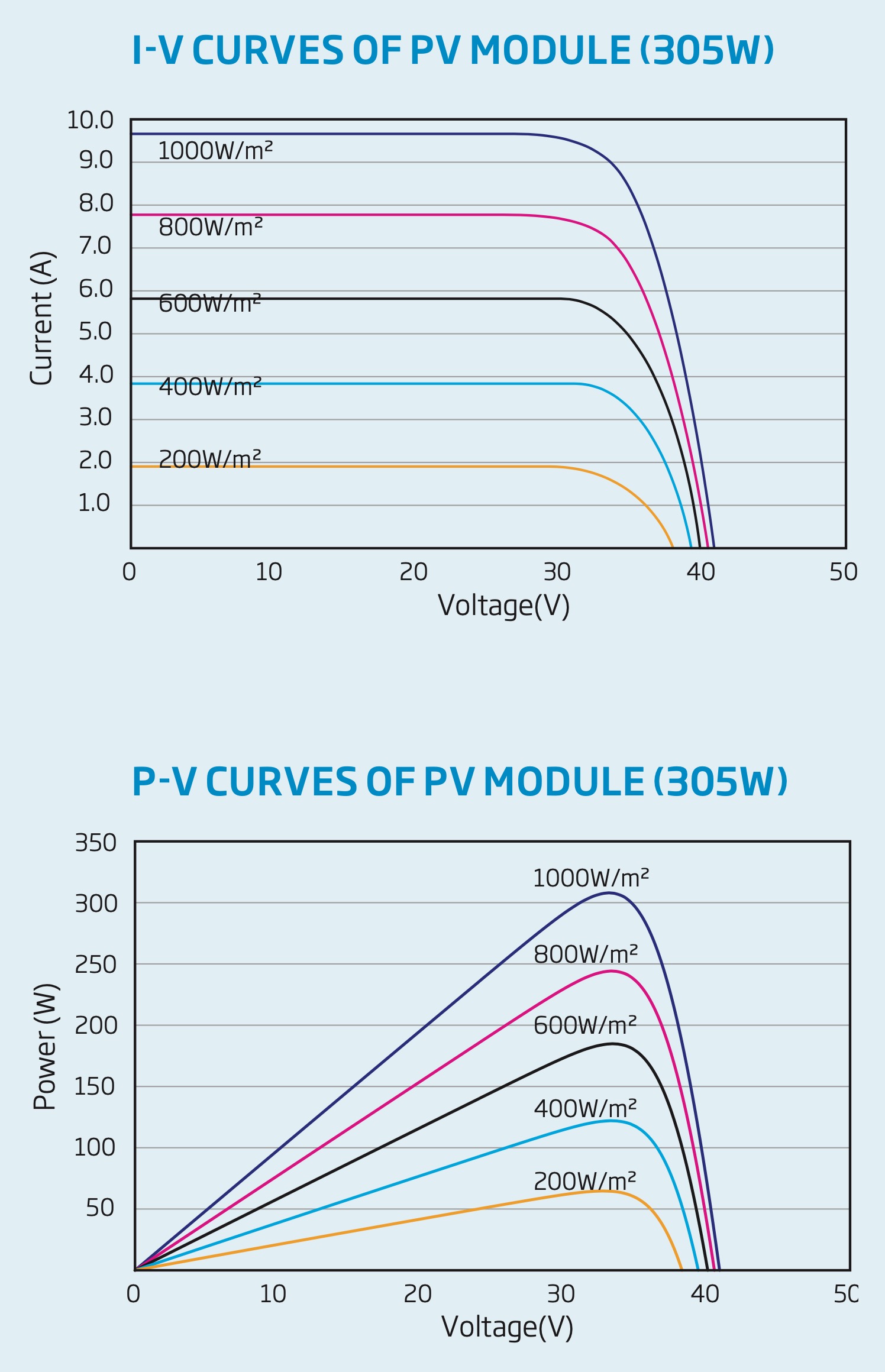awheeler
Member
I'm trying to decide between a parallel or series-parallel setup for my camper. This is for a 24v system with an MPPT charge controller and the 175 watt panels product 35 volts. I will be using 6 panels.
In series/parallel I can have 70 volts going to charge controller or a straight parallel with 35 volts going to charge controller. Would I be better off going with the 70volt option since I am charging a 24v battery? In the evenings when the sun is low would the 35 volts potentially drop to below my 24v charging level?
Thanks

In series/parallel I can have 70 volts going to charge controller or a straight parallel with 35 volts going to charge controller. Would I be better off going with the 70volt option since I am charging a 24v battery? In the evenings when the sun is low would the 35 volts potentially drop to below my 24v charging level?
Thanks



